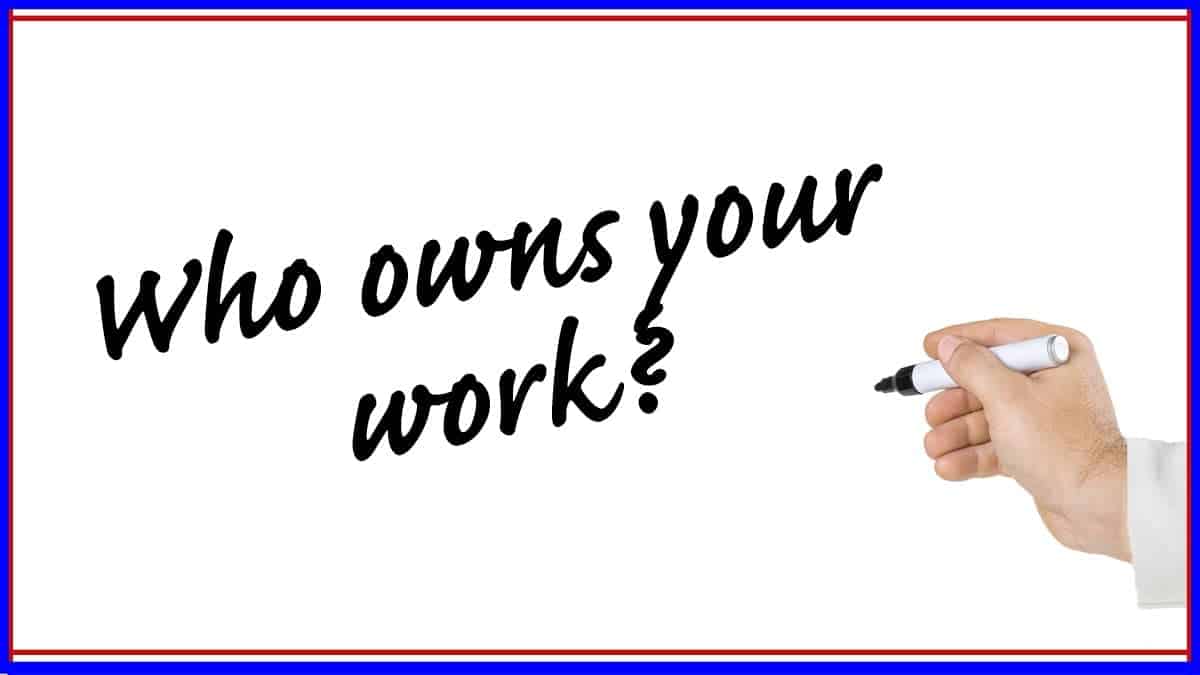Calculating Self-Publishing Royalties
You would think it would be easy to calculate your self-publishing royalties.

You might also think that the royalty calculation process is straightforward and consistent from one self-publishing company to the next.
Suppose the royalty is 10 percent of the book’s price and the book sells for $10. In that case, the royalty would be $1 per book sold.
Unfortunately, even a statement that seems perfectly clear, such as “You get a 10 percent royalty for each book sold,” can produce different dollar amounts. This is because some self-publishers compute the royalty based on the gross sales price while others use the net sales price.
Calculating Self-Publishing Royalties
The gross sales price is the book’s list price or cover price. You can think of this as the “official price.”
The net sales price is the amount of money the publisher receives after certain deductions have been made. Think of it as the “money-actually-in-the-publisher’s pocket-price.”
There can be a major difference in the amount of royalties you receive depending on which sales price—gross or net—is used as a basis.
For example, if the cover price of your book is $10, and you receive a 20 percent royalty on the gross sales price, you will get $2. But if the publisher deducts $4 from the cover price to cover costs, producing a net sales price of $6, you will receive only $1.20 in royalties.
So when checking a self-publisher’s contract to figure out what your royalties will be, look to see whether they are calculated on the gross or net.
And if it’s net, find out exactly what might be deducted from the gross sales price to produce this new, lower figure.
Looking at the Calculation in Actual Contracts
Here’s a sampling of the way self-publishing royalties are calculated by different firms.
WingSpan Press
WingSpan Press pays royalties on the gross (retail cover) sales price. According to their website (as of August 2, 2018):
“With WingSpan, you earn 20% of the recommended retail cover price of your book on every sale….”
Then it gets a bit confusing:
“NOTE that if you think your book will sell for more, then you’ll earn more. Many ‘niche’ books sell for up to $29.95. Distributor costs go up as the price of your book goes up (see below), but if you sell your book for more, then for every dollar you choose to raise your price above the recommended minimum retail, you’ll earn an additional $.50.”
So what seemed like a straight forward 20 percent may not be, in certain cases. And note that the company has a different royalty structure for ebooks.
iUniverse
iUniverse pays royalties on either the gross (suggested retail) or net sales price, depending on the type of book sold. According to their website (as of August 2, 2018):
“Royalties will be paid to you on all sales of your book, except sales of used copies, sales of the book to you and copies given away free of charge. On all other sales of your book, you will receive the following royalties:
- 25 percent of the Suggested Retail Price for sales of printed copies directly through the iUniverse website bookstore.
- 10 percent of the Suggested Retail Price for sales of printed copies through one of our distribution channels, such as Amazon.*
- 50 percent of the difference of the Suggested Retail Price less promotional discounts, distribution discounts and sales taxes for each e-book copy sold.
- 100 percent of the difference of the Suggested Retail Price less promotional discounts, distribution discounts and sales taxes for each audiobook copy sold.”
Xlibris
Xlibris pays royalties on the net sales price. According to their website (as of August 2, 2018):
“Royalties are based on the net payments we actually receive from the sale of printed or electronic (e-book) copies of your book, minus any shipping and handling charges or sales and use taxes. Since retail and wholesale customers purchase on a discount, the royalty amount you receive depends on what type of customer bought your book, the channel through which they purchased, and any discount they received. Royalty percentages for printed, electronic (e-book), or audio copies are as follows:
- 25 percent of the retail price for sales of printed copies or audiobook copies directly through website bookstore.
- 10 percent of the retail price for sales of printed copies or audiobook copies through one of our distribution channels, such as Amazon.*
- 50 percent of digital net received for each e-book copy sold.”
CreateSpace
CreateSpace varies the royalty according to several factors. They have a “Royalty Calculator” on their site that allows you to enter the variables and see what the royalty will be for each book sold.
Can You Calculate Your Self-Publishing Royalties?
Figuring out self-publishing royalties can be simple or complex.
It depends on several factors, including type of book sold (softcover, e-book, etc.), the size of the book, and the sales channel in which it was sold.
It’s not enough to glance through the discussion of royalties on the self-publisher’s website.
Be sure to read the self-publishing contract very carefully to ensure that you understand how royalties will be calculated, as well as the warranties you are making, and more. And it’s always a good idea to check with an attorney before signing any contract.
To learn more about self-publishing, see our “Introduction to Self-Publishing.”
IF YOU’D LIKE HELP WRITING YOUR BOOK…

Contact us! We’re Barry Fox and Nadine Taylor, professional ghostwriters and authors with a long list of satisfied clients and editors at major publishing houses.
For more information, call us at 818-917-5362 or use the contact form below to send us a message.
We’d love to talk to you about your exciting book project!
Please Note: Although we’re based in Los Angeles, California, we travel around the U.S. and abroad to meet with our authors. We do not ghostwrite screenplays, books for children, poetry, or school papers.







